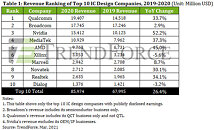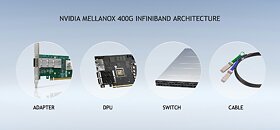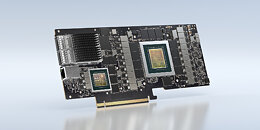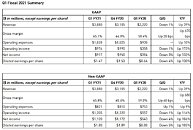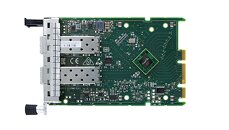
Google Shows Production NVIDIA "Blackwell" GB200 NVL System for Cloud
Last week, we got a preview of Microsoft's Azure production-ready NVIDIA "Blackwell" GB200 system, showing that only a third of the rack that goes in the data center is actually holding the compute elements, with the other two-thirds holding the cooling compartment to cool down the immense heat output from tens of GB200 GPUs. Today, Google is showing off a part of its own infrastructure ahead of the Google Cloud App Dev & Infrastructure Summit, taking place on October 30, digitally as an event. Shown below are two racks standing side by side, connecting NVIDIA "Blackwell" GB200 NVL cards with the rest of the Google infrastructure. Unlike Microsoft Azure, Google Cloud uses a different data center design in its facilities.
There is one rack with power distribution units, networking switches, and cooling distribution units, all connected to the compute rack, which houses power supplies, GPUs, and CPU servers. Networking equipment is present, and it connects to Google's "global" data center network, which is Google's own data center fabric. We are not sure what is the fabric connection of choice between these racks; as for optimal performance, NVIDIA recommends InfiniBand (Mellanox acquisition). However, given that Google's infrastructure is set up differently, there may be Ethernet switches present. Interestingly, Google's design of GB200 racks differs from Azure's, as it uses additional rack space to distribute the coolant to its local heat exchangers, i.e., coolers. We are curious to see if Google releases more information on infrastructure, as it has been known as the infrastructure king because of its ability to scale and keep everything organized.
There is one rack with power distribution units, networking switches, and cooling distribution units, all connected to the compute rack, which houses power supplies, GPUs, and CPU servers. Networking equipment is present, and it connects to Google's "global" data center network, which is Google's own data center fabric. We are not sure what is the fabric connection of choice between these racks; as for optimal performance, NVIDIA recommends InfiniBand (Mellanox acquisition). However, given that Google's infrastructure is set up differently, there may be Ethernet switches present. Interestingly, Google's design of GB200 racks differs from Azure's, as it uses additional rack space to distribute the coolant to its local heat exchangers, i.e., coolers. We are curious to see if Google releases more information on infrastructure, as it has been known as the infrastructure king because of its ability to scale and keep everything organized.















